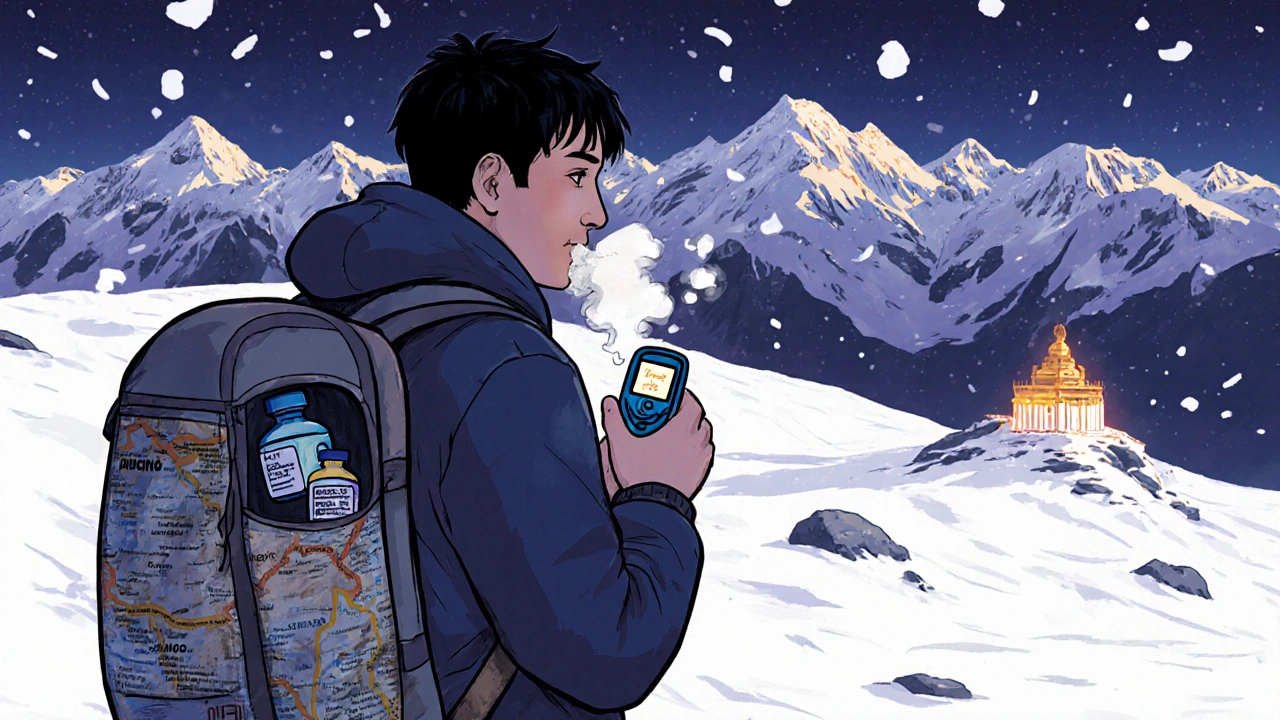When you climb above 8,000 feet, your body gets less oxygen—and that’s when altitude sickness, a group of symptoms caused by low oxygen at high elevations. Also known as acute mountain sickness, it can turn a thrilling hike into a dangerous emergency. It’s not about fitness. Even elite athletes get it. The real issue? Speed. Going up too fast without giving your body time to adjust is the #1 mistake people make.
Acclimatization, the process of your body adapting to lower oxygen levels is your best defense. It’s not magic—it’s biology. Your body needs days to make more red blood cells, increase breathing rate, and balance fluids. Skipping this step is like trying to run a marathon without training. Most cases happen when people fly or drive straight to 10,000 feet and start hiking the same day. Slow is safe. The rule? Don’t sleep more than 1,000 feet higher than the night before once you’re above 8,000 feet.
Hypoxia, the technical term for low oxygen in tissues triggers the symptoms: headache, nausea, dizziness, fatigue. In severe cases, it can lead to fluid in the lungs or brain—life-threatening conditions. But you don’t need to guess if you’re at risk. Watch for early signs. If you feel worse after resting, or your headache won’t go away with ibuprofen, it’s time to descend. No exceptions. Medications like acetazolamide, a prescription drug that helps speed up acclimatization can help, but they’re not a shortcut. They work best when taken before you climb, not after you feel sick.
Hydration matters, but drinking extra water won’t fix bad acclimatization. Same with ginkgo, coca leaves, or oxygen candles sold online—they might make you feel better, but they don’t change the science. What does work? Rest. Eat light, carb-rich meals. Avoid alcohol and sleeping pills. Keep moving slowly. And if you’re traveling with kids or older adults, be extra careful—they’re more vulnerable.
People think altitude sickness only happens on Everest. It doesn’t. It hits tourists in Colorado, hikers in the Andes, and workers in the Himalayas. It doesn’t care who you are. But it does care if you prepare. The posts below cover real cases, practical tips, medication comparisons, and what doctors actually recommend—not just internet myths. You’ll find what works, what doesn’t, and how to avoid ending up in a clinic when you should be enjoying the view.

Preparing medications for pilgrimages and treks at high altitudes is critical for safety. Learn which drugs to carry, how to store them, and how to avoid life-threatening altitude sickness before your journey.
View more